The 2D paper fox hopping in and out of the frame captures the feeling of excitement and friendship found in the fleeting memories of childhood. Gravity Ghost unveils the awe and confusion that is infused within a young girl’s mind. Being a kid and making sense of the world may essentially mean processing the experiences they witness through the actions of adults, as they carry it along within their own mode of reality. They form these pieces together in a space separated from the tangible Earth, their thoughts. An endless galaxy that is traversed through their own means as they skirmish through the dark, finding the truths we all have wanted to discover since we were young. Some game spoilers follow.
Iona is the central character of Gravity Ghost, and in this game you play as her ghost, flying through space, where ghost creatures and animals are also aimlessly wandering around. The purgatorial nature of her imaginary version of space is heavily shaped around events that have happened in her life. Iona’s parents died due to a terrible shipwreck accident, which left her older sister Hickory as the guardian for both Iona and her two younger siblings. As Iona is trying to put together the cause of her parent’s misfortune, she finds herself blaming Hickory’s fiancé, Arthur. Iona firmly believes that the reason why her parents crashed was because of Arthur’s incompetence to work the lighthouse during the story; but the actuality behind the ordeal was that Arthur only became incapable of operating the lighthouse when lightning struck and shattered the spotlight’s lens as well as debilitating him physically. The death of her parents makes her inconsolable. Iona handles bereavement by withdrawing within her own world, which is confronted by glimpses of what really happened in the past. Wandering around in the cosmos is a form of limbo for Iona, in which she is paradoxically pulled between instances of life and death.
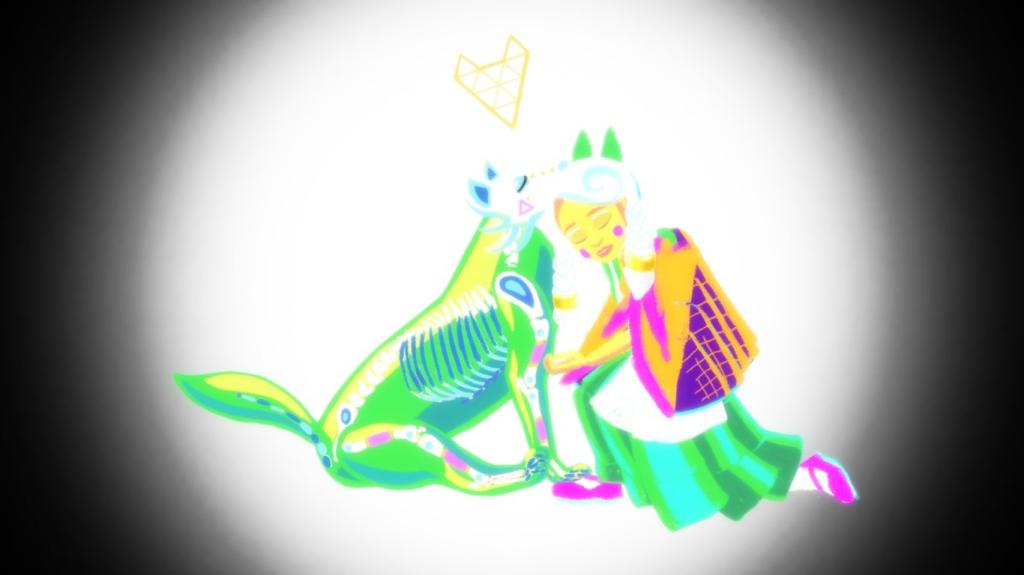
This paradoxical concept is also tested through the gameplay. As I was playing Gravity Ghost, I experienced something that I rarely witness in games: the balance between complexity and simplicity. I feel that this is such a complicated task to deliver. The premise of the game’s simplicity starts with its game mechanic. Immediately, it gives me a solid instruction to move around which consists of the left arrow key, right arrow key, up arrow key, and spacebar. Once the space bar is pressed, the protagonist jumps off of her starting platform—a planet—and she then graciously glides across the galaxy. Controlling her movements to either left or right would direct her to the primary objectives in the game. Sometimes she needs to pick up a series of colorfully arranged flowers that are reminiscent of my ’90s wardrobe from Limited Too. Picking up these flowers also transforms her hair into an even longer silken ribbon, effortlessly wafting through against the velvety dark sky. All of that may seem simple, but the task of precisely manipulating these controls is delicately difficult.
Though the movements may seem easy to control in theory, once the game starts, maneuvering the protagonist becomes a tad bit hard. The level is craftily designed with planets situated on areas where it might challenge Iona to retrieve a certain object or reach a specific exit door. Whenever I feel like the gravity is preventing me from grabbing a star, which is the object needed to open the exit door back to the main map, I simply tell myself that I should just hold one of these buttons and I would eventually hit that star. Luckily, this trick works all the time. The struggle of controlling Iona is placated by letting Iona control you. Operating the direction of where Iona has to go in each stage is painstakingly maddening, but if you let the swirling physics reel you in, then it easily becomes one of the most relaxing games. The disposition of the game being complex is hidden behind its seemingly guileless controls, along with the background soundtrack and game art.
Hovering around celestial bodies to a tune reminiscent of a quest in space to solve an eternal mystery has graciously saved me from putting the game down. The art, too, is pleasantly entrancing—the colored pencil etches displayed during cut scenes in comparison to the polished in-game art makes for an interesting take on an interactive storybook. This is a game my nine-year-old self would have honestly played to its very brim of content until I had soaked in every bit of it. The mood of the game is easily its greatest asset. It was capable of tugging my heartstrings through a lighthearted sense of melancholia, which I find truly remarkable because it breaches that part of sadness that is also complacent with happiness; traveling in and out of these two extremes whilst steadily settling in the middle, too.
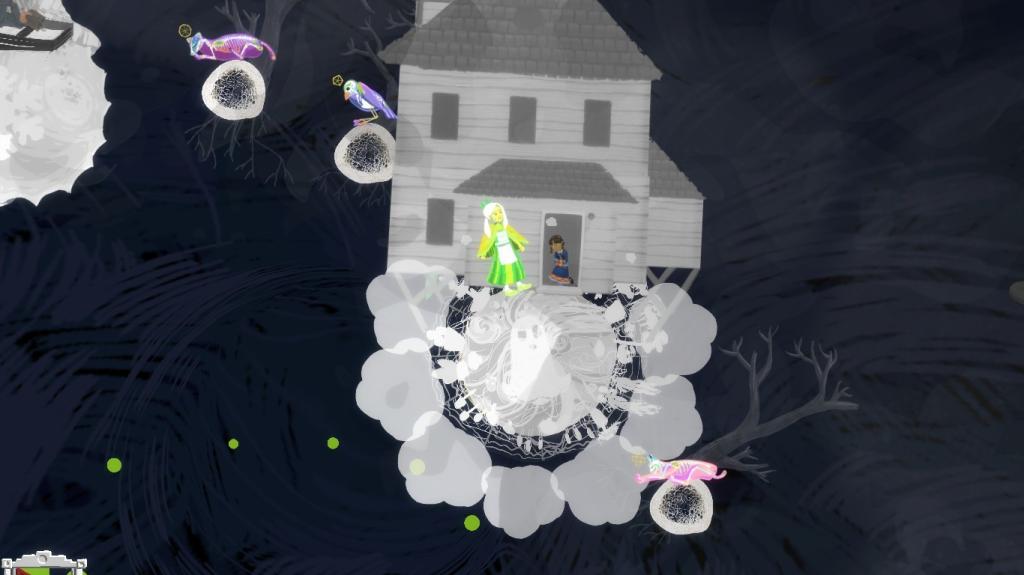
I spoke with Gravity Ghost’s developer, Erin Robinson, about what it was like creating this beautiful and unique game. When I asked her how she game about Iona’s narrative, Robinson replied,
She was kind of a slow development for a couple of years. For a long time, I really resisted putting any story at all in the game because I knew it would be difficult to make a gravity game. And I wanted to make sure I had that right before I even tried to add the story. So I think she’s a ghost from the very beginning because I thought if I just had a girl hopping on planets, people would say, “How is there a girl hopping on planets, wouldn’t she be dead?” She’s a ghost.
I wanted the game to get at her story and how she became a ghost. What is she looking for? Almost at the very beginning I had her searching for a fox. When the game was much simpler, I had the fox at different levels, where you would search for the fox at this level and at another level. I decided that the story would be about her trying to find [the fox].
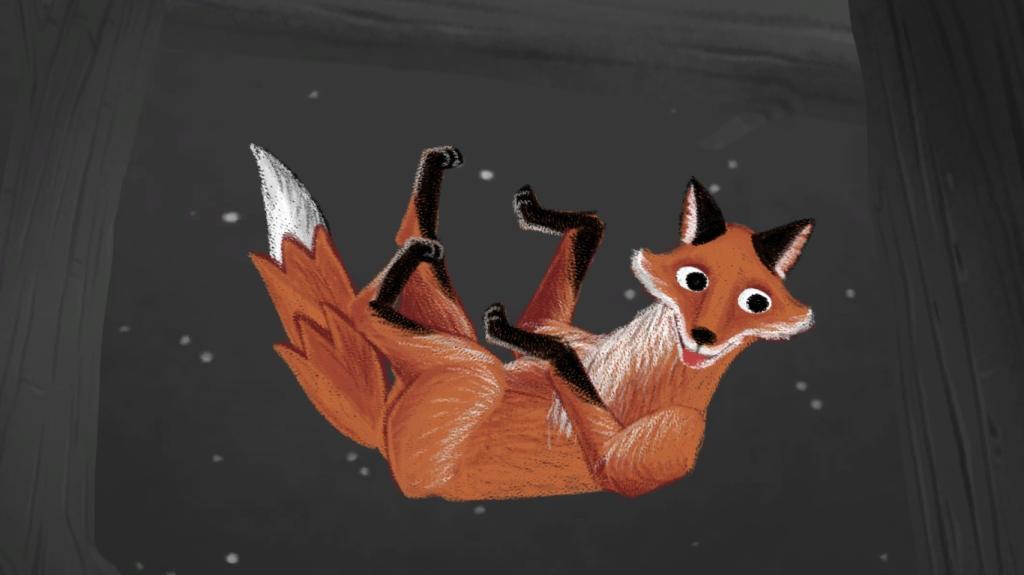
Iona’s story is of course not complete by herself. The characters in Gravity Ghost, such as the fox and her family members, are deeply intertwined within each other’s narratives due to the given close-knit environment. After reading several history texts, Erin was inspired to assign Iona’s family as lighthouse keepers living by the remote coastal lines. “It was very isolating for the family,” said Robinson, because “they had to live in inclement, far away locations. They have to grown their own food, and that’s why you see on Gravity Ghost the family have their own windmill and their own garden.” The relationship dynamics of these family members are very sensitive, because they only have each other. It is up to the player to figure out these interconnected relationships.
As the protagonist, you’re an adolescent girl searching for your identity as you slowly find the real truths in growing up as well. In the beginning, when Iona plunges into the black hole, this is a symbolic act that it is inevitable that she would eventually face the reality of her situation.
Gravity Ghost stems away from fleshing out the storyline right away. In comparison to most games where authors become over zealous on compacting as much details from the get-go of the game, Gravity Ghost moves away from this “Lord of the Rings syndrome” and steadily introduces the complexity of the narrative in bits “that are not even happening in chronological order,” but nonetheless still imperative to the narrative. The player has to assemble pieces from the story and see how Iona has developed—in Robinson’s words, “It’s trusting you to piece it together yourself.”
I mentioned to Robinson how the game challenged me in some parts where I thought it was hard to maneuver the controls, even though they were very direct and simple. I sometimes felt that I had no control over Iona, which made me think about how the presence of gravity—which is the main gameplay mechanic—mirrors Iona’s struggle to control her reality. And Robinson eloquently summarized that the game “should be about this gravity and experiencing it.” Absolutely, it entirely makes sense that the game will purposely push you off balance because it wants you to feel Iona’s turbulent search for truth in space.
As for who this game is meant for, Robinson had no specific type of person in mind:
I try to tap into something that is universal. Everyone has a family. Even if it’s your blood family or friend family, and I thought that would be the connecting point. I didn’t realize until I started working on this that where it is would you even have a video game character that has a family? You know, maybe it’s cool that we could start exploring those ideas now that the medium [of video games] has come so far.
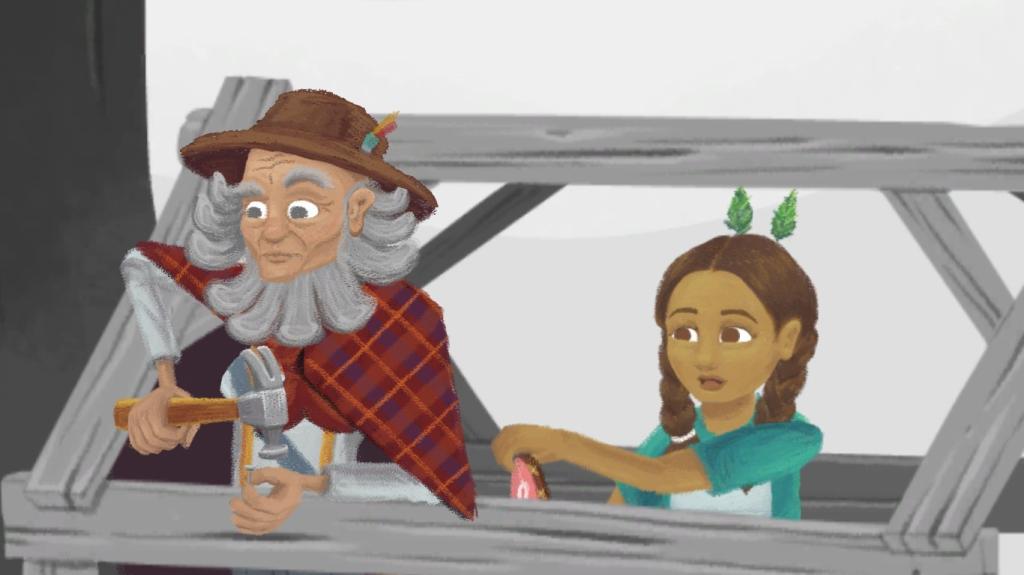
Gravity Ghost should be shared. It is a game with which we can build a common ground between our friends and family, or even with those who do not regularly play video games. The game is meant for accessibility, and with that philosophy in mind, if you purchase Gravity Ghost in STEAM, you will automatically receive a second copy for free to give to someone you care about, so they too can experience Iona’s adventure through space and time.
Kaira is perpetually hungry and when she is not thinking about food, she is either busy developing games or scrutinizing ecological patterns. You can tweet to her about hedgehogs and cupcakes @zovfreullia.
Are you following The Mary Sue on Twitter, Facebook, Tumblr, Pinterest, & Google +?



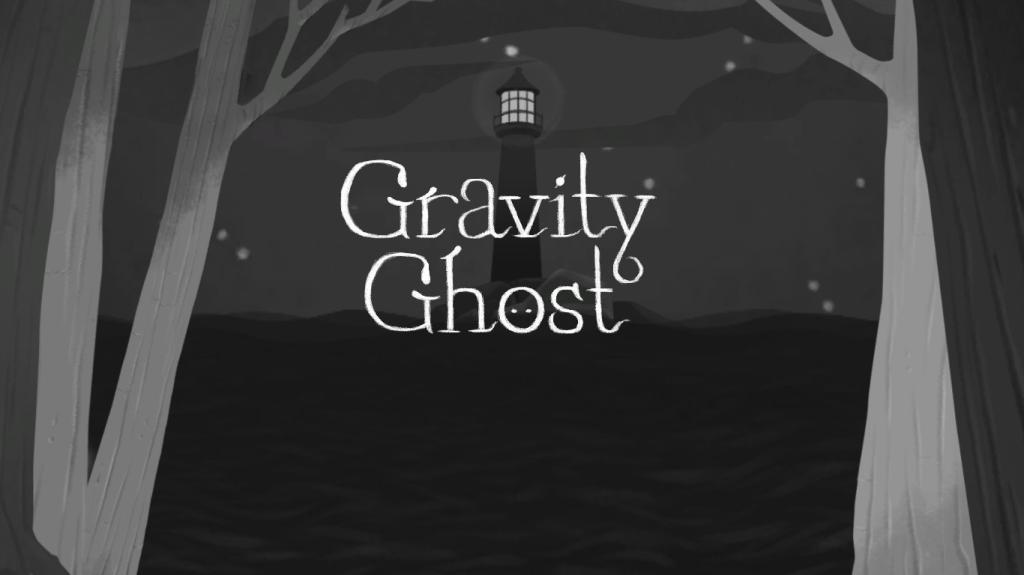





Published: Mar 6, 2015 07:55 pm